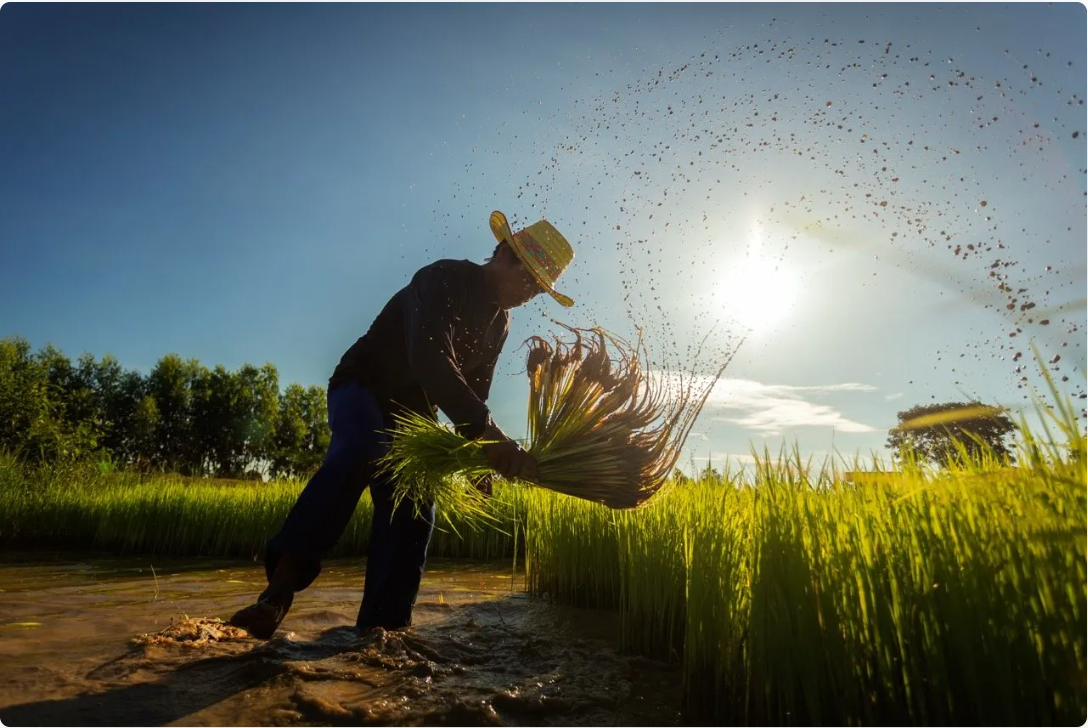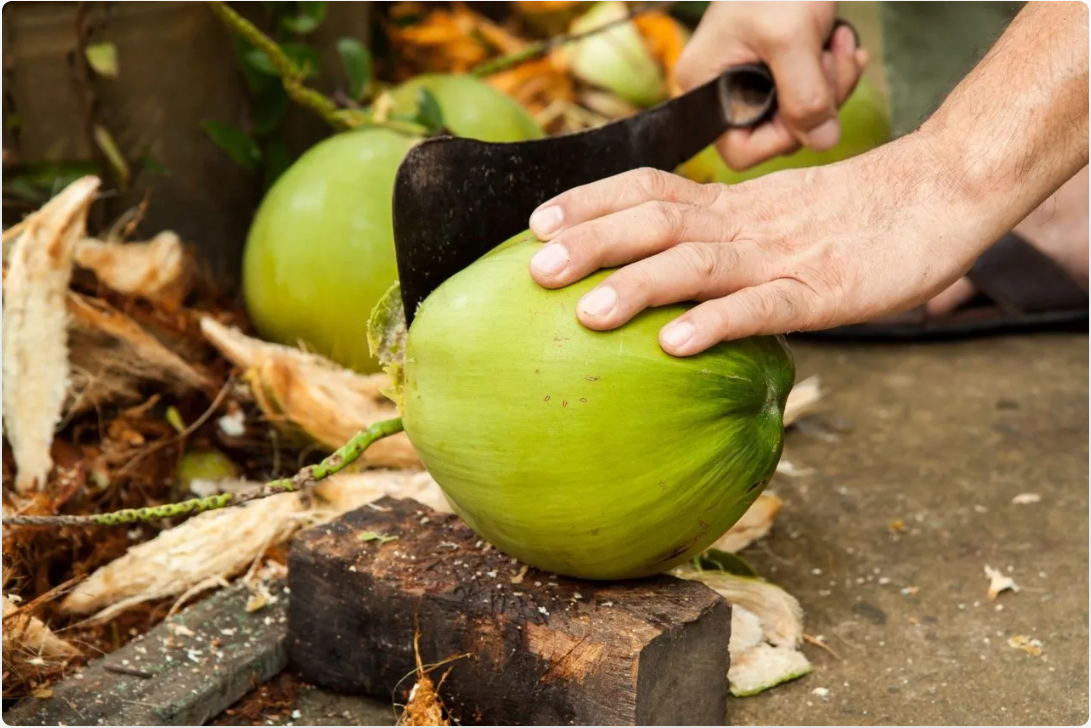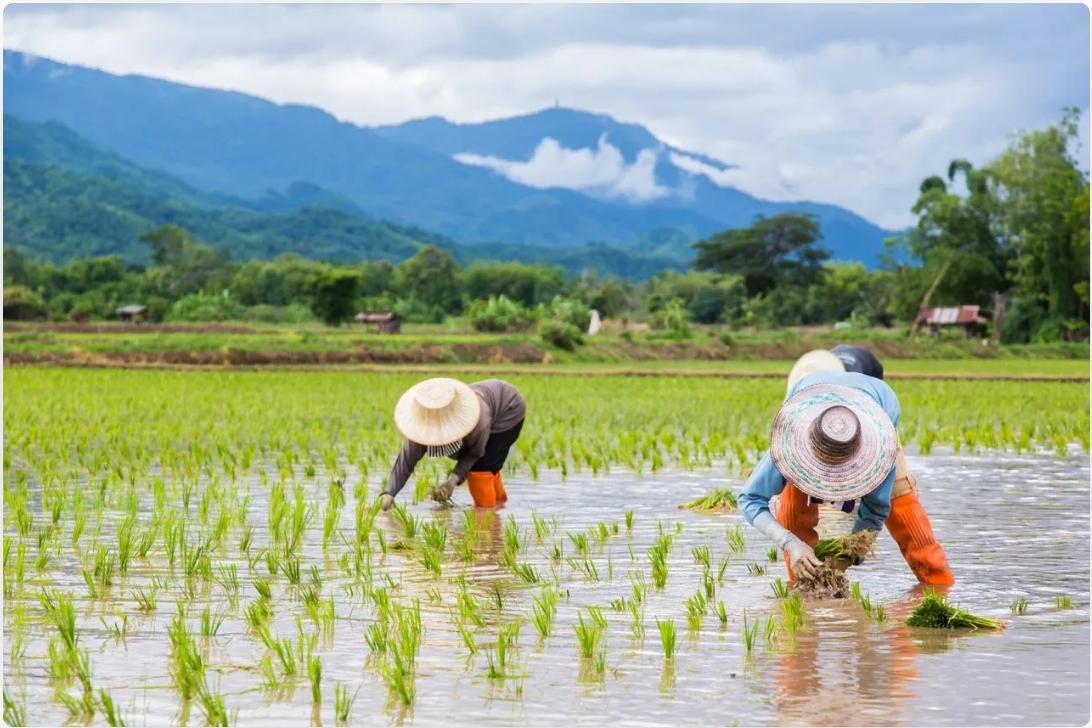Thai agriculture brings silver linings amid shifting trade landscape
Thai agriculture brings silver linings amid shifting trade landscape
วันที่นำเข้าข้อมูล 29 ก.ค. 2568
วันที่ปรับปรุงข้อมูล 31 ก.ค. 2568
Thailand’s Ministry of Commerce and its Trade Policy and Strategy Office (TPSO) recently reported that the Kingdom’s agricultural and agro-industrial exports surged to US$52.19 billion in 2024, up 5.9% from the year prior.
 Source: SantiPhotoSS / Shutterstock.com
Source: SantiPhotoSS / Shutterstock.com
This growth reaffirms Thailand’s aspiration as the “Kitchen of the World,” with the nation topping global export charts in several key categories. Cassava-based starch led the way, generating US$1.61 billion and claiming a commanding 57% share of the global market even as global demand dipped. Processed chicken (US$2.94 billion) and canned tuna (US$2.49 billion), meanwhile, each captured over a quarter of their respective global markets, outpacing international growth.
Durian, despite a 5.87% decline in export value, remained a crown jewel with Thailand maintaining 54.2% of the US$7 billion global durian market. Canned pineapple and natural rubber also saw healthy gains, further proving Thailand’s wide-ranging agricultural strengths.
Shifting tides in a growing market
The Ministry’s data, presented by TPSO Director Poonpong Naiyanapakorn, also points to emerging challenges. Exports of fresh or dried coconuts fell sharply by 23.68%, even as the global market expanded. Thailand also lost its top spot in whole coconuts and fresh cassava roots.
 Source: Visit Roemvanitch / Shutterstock.com
Source: Visit Roemvanitch / Shutterstock.com
Poonpong noted that although Thailand remains a leader in several categories, some sectors are showing signs of decline, especially durian, coconut, and fresh shrimp. These still hold strong market shares, but are seeing reduced export volumes. To stay competitive, he said it was necessary to upgrade quality, stabilize market share, and find new high-potential markets.
The shift is particularly stark in fresh or chilled shrimp and crayfish, where Thailand’s export value dropped by 3.1%, raising flags about future competitiveness.
Thai farmers turn to sustainability and innovation
 Source:konmesa/ Shutterstock.com
Source:konmesa/ Shutterstock.com
In addition to staying competitive, Thailand is leaning into both innovation and sustainability. Government-backed programs are helping farmers adopt eco-conscious practices, from water-saving rice techniques to the integration of drought-resistant crops. At the same time, grassroots economic efforts like the One Tambon, One Product (OTOP) initiative are connecting local producers with global markets.
Complementing this, the United Nations Development Programme (UNDP) and Thailand’s Royal Irrigation Department (RID) have been fortifying the Yom‑Nan river basin with community‑designed floodgates, supporting over 60,000 farmers in smarter water management. The nation’s adherence to national climate commitments through FAO‑UNDP’s SCALA programme further underpins its long‑term vision for sustainable land use and food security.
Thailand is also deepening ties with China, where cassava and rice exports are booming. Between January and April 2025, Thai rice exports to China jumped 77.7% year-on-year, reflecting how bilateral trade remains a pillar of agricultural growth.
With eyes set on preserving its global edge, Thailand’s agricultural success story is still being written, with recent trends indicating that the next chapter will require both resilience and innovation.
| Source: |  |
Thailand Business Information Center in Taiwan